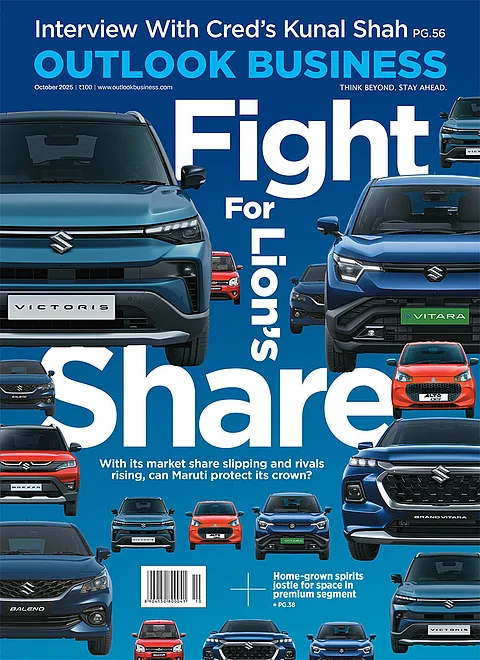 Bill Gates, Steve Jobs, Mark Zuckerberg... the world knows a handful of celebrity entrepreneurs who dropped out of college and built a business empire. But when Dharmesh Gohil dropped out of his engineering college in 2005, it was to do stock market trading and support his family which was till then run by his father, a daily wage labourer. Thirteen years down the line, Gohil today is an entrepreneur hoping to make it big like the others.
Bill Gates, Steve Jobs, Mark Zuckerberg... the world knows a handful of celebrity entrepreneurs who dropped out of college and built a business empire. But when Dharmesh Gohil dropped out of his engineering college in 2005, it was to do stock market trading and support his family which was till then run by his father, a daily wage labourer. Thirteen years down the line, Gohil today is an entrepreneur hoping to make it big like the others.
Based out of Mumbai, he - along with Jigar Pathak and Kajal Gohil - runs ARKidzoo, a brand that offers interactive learning products for students with the help of augmented reality. Launched in January 2018, ARKidzoo has so far introduced two products - Dropiz alphabets (AR based alphabets flashcard) and Dropiz 3 in 1 (AR based based flashcards for colours, shapes and numbers). Gohil thanks his co-founder Pathak for introducing him to the technology.
After a few years of trading, he enrolled for a brief animation courses, following which he joined an institute in Mumbai in 2011 to train in a few more programming languages. Pathak happened to be his trainer there.
On hearing about AR from him, Gohil found it exciting and felt it was the future. He started researching on it and after a few projects that didn't go as intended, decided to launch the brand ARKidzoo. "We got the trademark certificate registration in June 2018. Till now, we have had very good response from schools, parents and kids. More than 2,000 kids and 30 schools use our products today," says Gohil. Currently, the products are sold through retail outlets, online channels and are also sold directly to schools.
ARKidzoo’s products come with a mobile app. The flashcards scanned using the app give the user the augmented reality/3D experience along with music, sound and pronunciation. The existing products Dropiz Alphabets and Dropiz 3 in 1 are priced at Rs.199 and Rs.399 respectively and targets pre-school kids. For schools and bulk orders, customisation option is also available and are charged based on a subscription model
AR tech could make learning more engaging and fun, however not many schools allow kids to use phones. Could that be a hindrance to the adoption of the product in schools? Gohil doesn’t think so. “We give slightly different products in school, therefore - same flash card, but of a bigger size. With these bigger cards, tablets and a smart TV, the teachers can hold demonstrations for students. So we are not forcing them to use mobile phones at school,” he says.
Having sold over 1,500 units, ARkidzoo has seen a revenue of around Rs.3.5 lacs so far. It plans to launch three more products by January 2019 that will discuss topics such as solar, fruits and vegetables for kids between three and seven years. Recently incubated at Entrepreneurship Development Institute, the start-up also plans to introduce more products for students of higher grades related to subjects such as history, geometry, science and maths.
Meanwhile, social media marketing activities have been escalated and the products seem to be receiving good response at events and expos. “During the recent Vibrant Gujarat summit, we ran out of stock,” exclaims Gohil.
While there are other players such as PlayShifu and Smartivity operating in the AR activity space for kids, Gohil doesn’t see them as competition. “Smartivity’s business model is different and also they offer colouring products and other such things, whereas ours is totally curriculum based. Playshifu has a similar product but pricing is very high,” he says. His challenge, however, has been winning over parents who don’t want their kids using phones at a young age. Gohil believes, in an increasingly digital world, it is tough to stop kids from getting their hands on a phone. So, why not channel that to a more constructive activity?
Going forward, Gohil dreams of creating an AR library for kids. “Say, a three year old kid opens the app and says I want to see an apple, a 3D apple would pop up on the phone,” he explains. “Currently we have 500+ library material. In the next three years, we want to further build on this library and launch the app.












 Just one email a week
Just one email a week